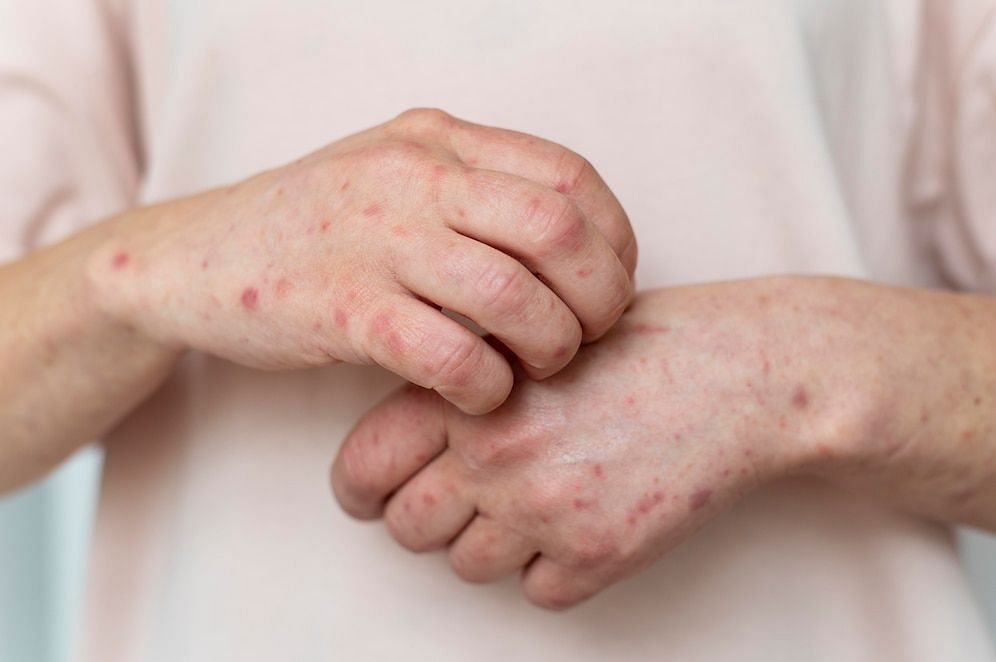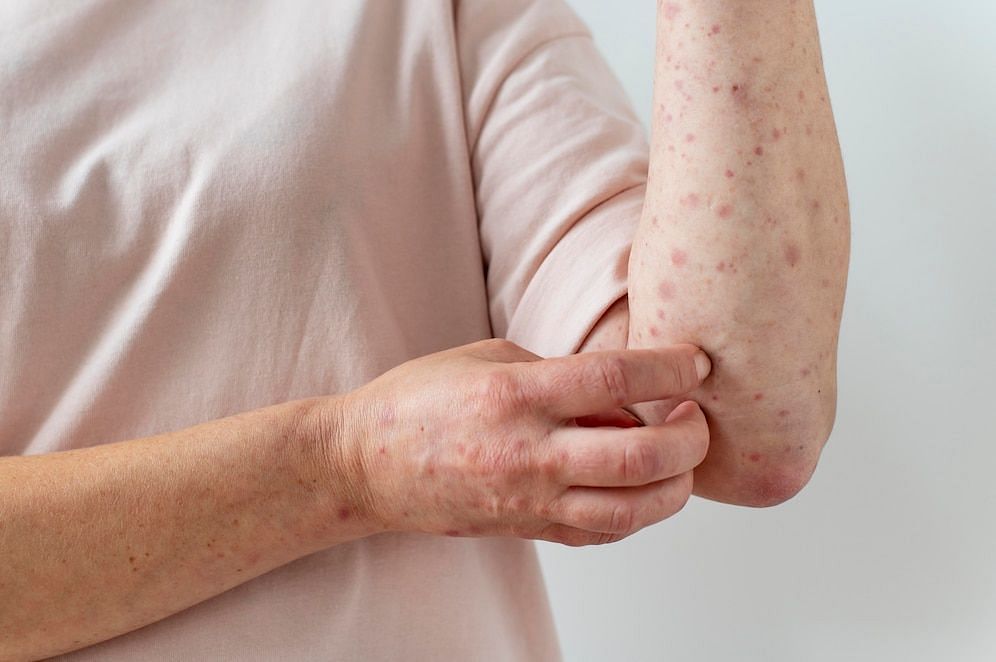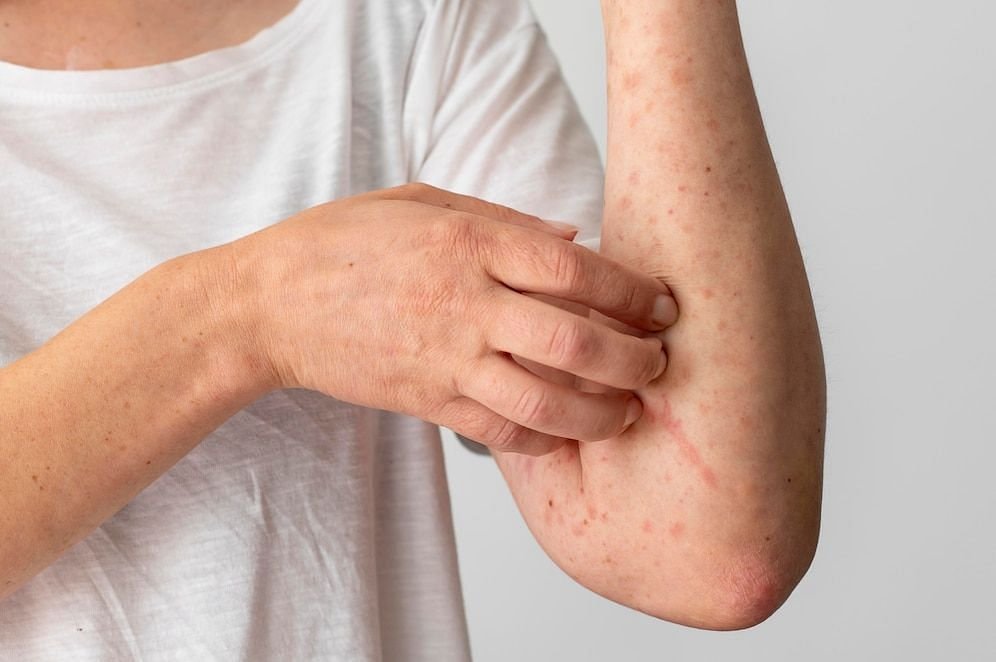If you’ve ever come in contact with the notorious browntail moth caterpillar and experienced that itchy, irritating browntail moth rash, you’re not alone. Browntail moth rashes have become a common concern, especially in regions where these critters thrive.
In this article, we explore the symptoms, home treatment options and address the question of whether this rash is contagious. So, let’s dive in, and learn how to deal with the these moth rashes.
Understanding browntail moth rashes

The browntail moth is a species of moth whose caterpillar is covered in tiny toxic hairs, which can cause an allergic reaction in some individuals.
These hairs contain a substance called thaumetopoein, which, when in contact with the skin, can cause redness, itching and a rash that resembles a nettle sting.
The rash typically appears within hours to a few days after exposure.
Symptoms of browntail moth rash
When it comes to browntail moth rashes, the symptoms can vary from person to person. Some common signs include:
Intense itching: The affected area may become extremely itchy, causing discomfort and irritation.
Redness and inflammation: The skin in the affected area may turn red and become inflamed.
Raised bumps or hives: Small raised bumps or hives may appear, contributing to the overall itchiness.
Rash patterns: The rash often forms a linear pattern or a series of clusters due to the way the caterpillar hairs come into contact with the skin.
Home treatment for browntail moth rash

While dealing with browntail moth rashes can be uncomfortable, there are several home treatment options that can provide relief.
Here are some tips to soothe the symptoms:
Wash the affected area: Gently cleanse the affected area with mild soap and cool water to remove any remaining caterpillar hairs.
Apply Calamine lotion or Hydrocortisone cream: These over-the-counter remedies can help alleviate itching and reduce inflammation.
Cool compresses: Applying cool, damp compresses to the rash can provide temporary relief from itching and reduce swelling.
Antihistamines: Taking over-the-counter antihistamines can help alleviate itching and reduce the body’s allergic response.
Avoid scratching: Although it may be tempting, scratching the rash can exarcebate the symptoms and increase risk of infection. Try to resist the urge, and keep your nails short to minimize damage to the skin.
Is browntail moth rash contagious?

The good news is that such moth rash is not contagious. It does not spread from person to person or through direct contact. The rash occurs as a result of an allergic reaction to the caterpillar hairs and is limited to the areas where contact is made.
However, it’s essential to remember that if you have any clothing or items that came into contact with the caterpillar hairs, it’s best to wash them thoroughly to avoid further exposure.
Dealing with a moth rash can be a frustrating experience, but with proper home treatment and care, you can find relief from the symptoms. Remember to wash the affected area; apply soothing lotions or creams, and resist the urge to scratch.
Rest assured, the rash is not contagious, so you don’t need to worry about passing it on to others. If the symptoms persist or exacerbate, though, it’s always a good idea to consult a healthcare professional for further guidance.
Stay informed; stay safe, and say goodbye to that itchy moth rash.





